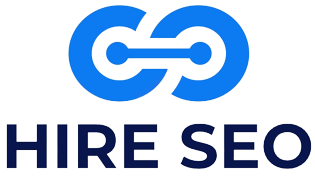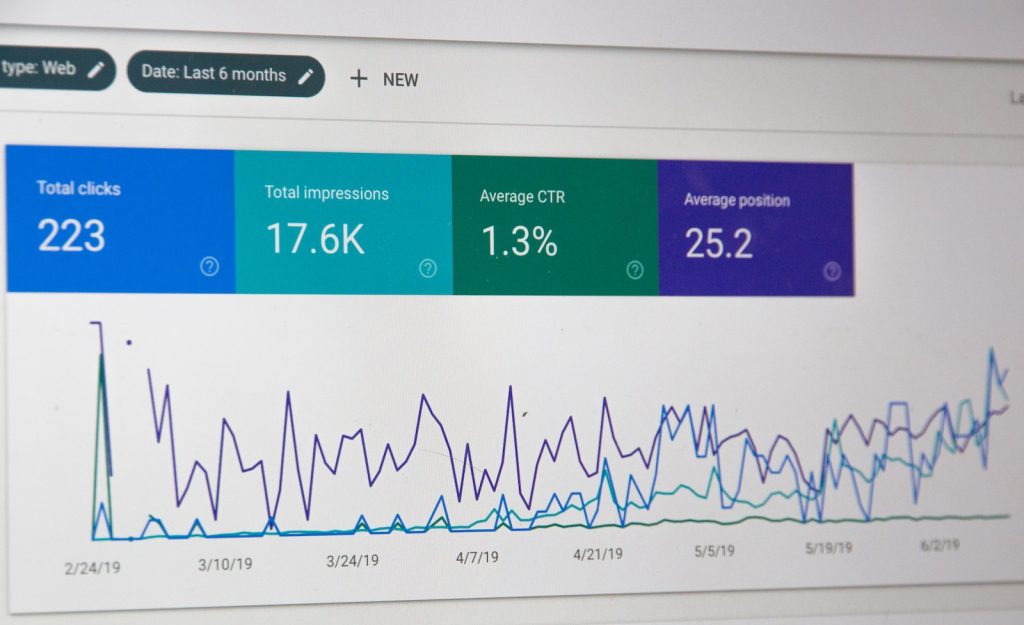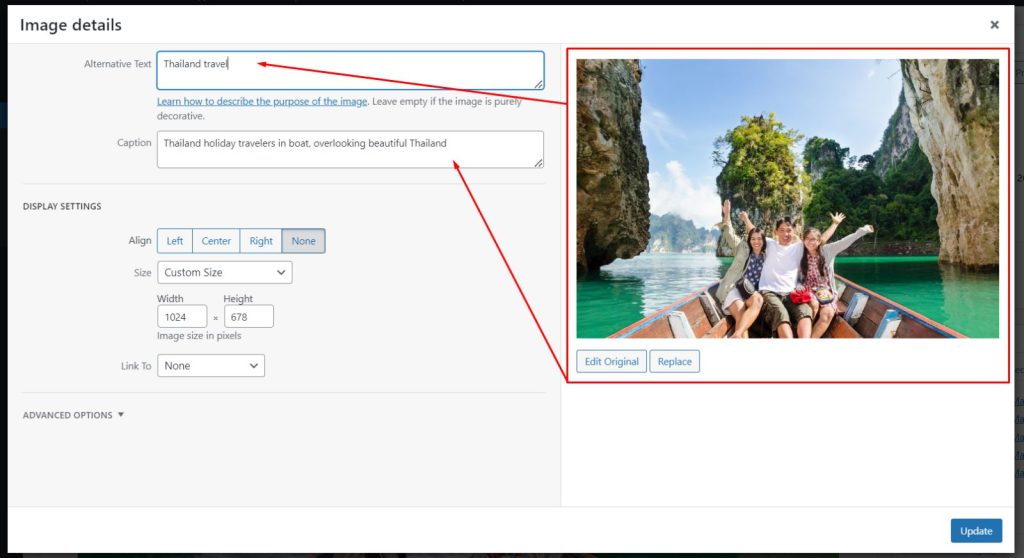Title tags are essential components of search engine results pages as they allow visitors to quickly understand what a page is about at first glance and improve user experience. They help users quickly distinguish what each page contains at a glance and enhance user satisfaction.
Duplicate title tags may cause search engines to misunderstand and appear as keyword stuffing, which should be avoided at all costs by SEO specialists.
Page Titles
When multiple pages on your site share the same title tag, search engines such as Google may become confused and potentially reduce visibility, leading them to drop from SERPs altogether.
Title tags are text lines that appear both on browser tabs and search engine result pages (SERPs). A title tag provides a quick and clear description of what each webpage offers; duplicate titles may cause search engines to become confused as well as impact the user experience negatively.
At its core, one of the best practices is ensuring each page has an exclusive title tag. This is essential as title tags often determine how a page appears in search engine results pages (SERPS). Duplicate title tags may arise due to multiple factors including URL parameters, paginated content or auto-generated titles.
Title tags must be informative and descriptive, while at the same time incorporating keywords. However, too many keywords in your title tag could look spammy and negatively affect your SEO ranking; to prevent this from happening, focus on placing the most essential keyword at the beginning. Also use tools like Semrush for keyword ideas so as to avoid over optimizing pages with too many keywords.
H1 Tags
An abundance of duplicate title tags isn’t just bad for SEO; it can also cause confusion for Google users trying to determine which of your results they should click. Therefore, it’s vital that any issues with your title tags are identified and addressed regularly using Semrush’s Site Audit tool – in this video Peter provides a simple method for doing just that!
An H1 tag on a webpage is one of its most essential header tags and serves to convey the main topic of its page to search engines and visitors alike. Aiming for optimal performance of an h1 tag means matching user search intent rather than matching keywords directly.
The H1 tag should only ever appear once per page and should reflect its primary theme. Relevant and concise wording helps search engine users locate information on specific subjects more quickly.
An effective h1 tag provides hierarchy and order on a page, which is especially beneficial to those using screen readers (programs that translate computer text into speech synthesizer or Braille display). Furthermore, using header tags like this one can enhance accessibility of any website by helping those using screen readers comprehend its structure of content on each web page.
Meta Descriptions
Search engines cannot distinguish between identical title tags for different pages when showing results in search engines, and this can cause user click-throughs that land them on an incorrect page and negatively affect rankings.
To avoid this problem, ensure your title tags are unique to each page’s content and don’t include excessive keyword stuffing; doing so could create the perception that you’re trying too hard to rank high and may turn search engines away from you.
Meta descriptions don’t factor into ranking algorithms directly, but they still influence click-through rates and help Google understand your pages’ purpose. If your meta description overlaps with another one, search engines won’t know which to display; as a result, users could become confused and bounce away quickly, leading to higher bounce rates than anticipated.
Some pages that contain duplicate meta titles include both www and non-www versions, or http and https versions; this is an SEO mistake which must be rectified immediately; otherwise Google could take months to crawl the new URL and reflect this in Webmaster tools.
Similar to duplicate H1 tags or title tags, certain pages also lack meta descriptions. While this might not be as urgent, creating unique descriptions for every page on your website remains essential. SEMrush offers two helpful tools in Topic Research and Keyword Magic Tool which generate long lists of related keywords related to those chosen while offering suggestions for structuring titles and descriptions.
Keywords
If your page contains duplicate title tags or H1 tags, it’s essential to address them quickly. Duplicated text dilutes their impact and causes search engines difficulty in understanding each page’s focus; this could adversely impact its organic rankings as well as visibility.
Limit the number of keywords you use in your title tags and H1 tags, as overusing one term could give the impression of overoptimization and could turn Google off and lower organic ranking.
Make sure that when creating your title and h1 tags, you have an understanding of their purpose. Use the h1 tag to communicate your main topic, while using title tags to describe other elements on the page. Place keywords with greater search engine relevance nearer the front of h1 tags so users and search engines have confidence that you provide answers they are seeking.
Once you’ve updated your title and h1 tags, it is important to measure their effects on your website. Monitoring organic traffic and click-through rates will show if your changes have positively enhanced user experiences on your website.



